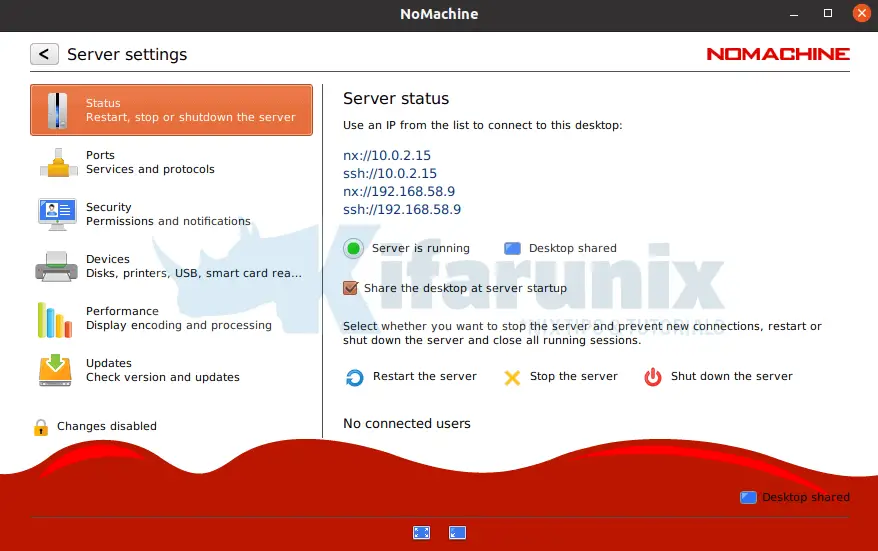
We gather data from the best available sources, including vendor and retailer listings as well as other relevant and independent reviews sites. 4).ZDNET's recommendations are based on many hours of testing, research, and comparison shopping. In order to do that you need to choose 'Block project-wide SSH key' and paste your public key into the appropriate text area 'Enter entire key data' (Fig. Alternatively, you can use your own SSH key. In this tutorial, we use project-wide SSH keys that provide access and work with all the machines in the same project (because we are constantly deploying many VM’s and it’s simply much more comfortable to do it this way).The default way of accessing the VM instance is using SSH keys.To enable access to your instance, be sure to choose 'Allow default access' in the 'Access scopes' configuration (Fig.There are plenty of possible configurations and you will be asked about creating machine’s type/size, name, username, login method and others. In the first step, you need to configure the base details and features for your VM: name, region, machine type.

3 - Once you've chosen the VM type, click on "Create instance" to proceed to create the new VM Configuring the virtual machine

You can of course install any of the enterprise-oriented products as well. We're going to install NoMachine Free Edition on a virtual Linux host, and then access the desktop of this virtualized Linux OS.We will show you how to configure a graphical user interface (GUI) for a GCP Linux instance and then access that GUI using NoMachine. But users who are new to Linux will feel more comfortable with a GUI for installing and managing their applications. Most of the developers/sysadmins working with Linux prefer the command line over Graphical User Interface.


 0 kommentar(er)
0 kommentar(er)
